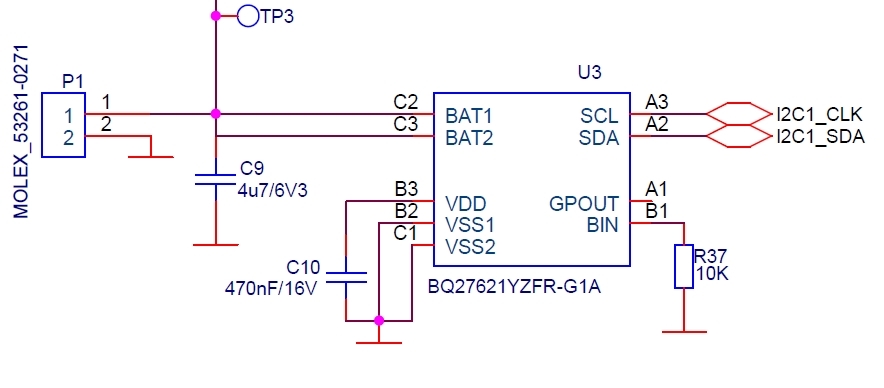I've a quite similar problem.
Using the BQ27621YZER-G1A in all our devices (almost 3K out in the field).
Occasionally in about 20% of the devices the I2C communication completely goes silent - even when other devices on the same bus resumes working.
Observations in the field didn't help either - absolutely no hint what circumstances could trigger this behavior.
Since the BQ27621 is directly powered from a battery, board reset doesn't help.
Only when removing and re-connecting the battery the BG27621 starts communicating again.
Is there any way to re-trigger the I2C state machine part in the BQ27621 ?
BR
Michael



